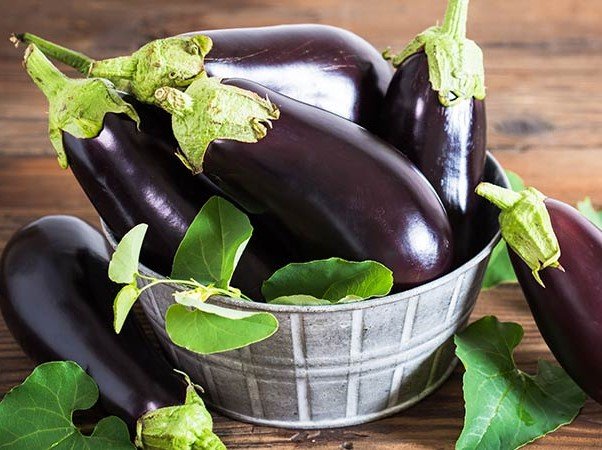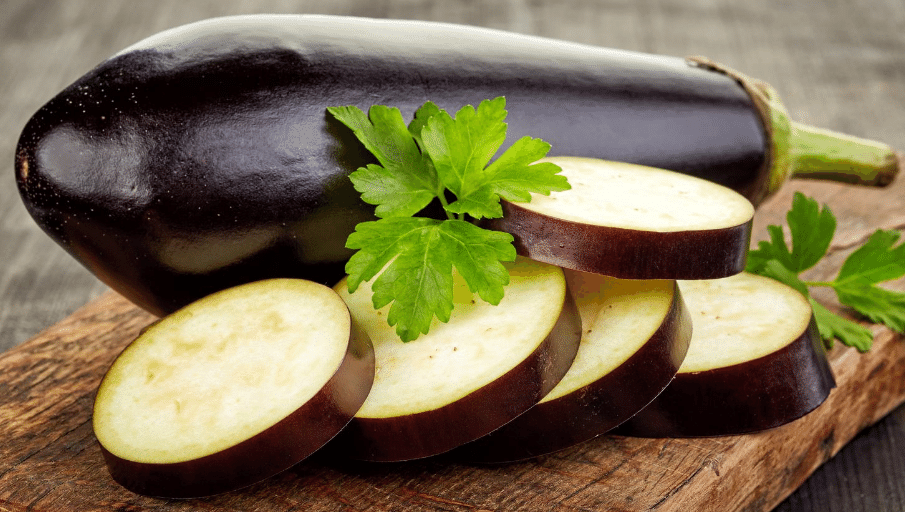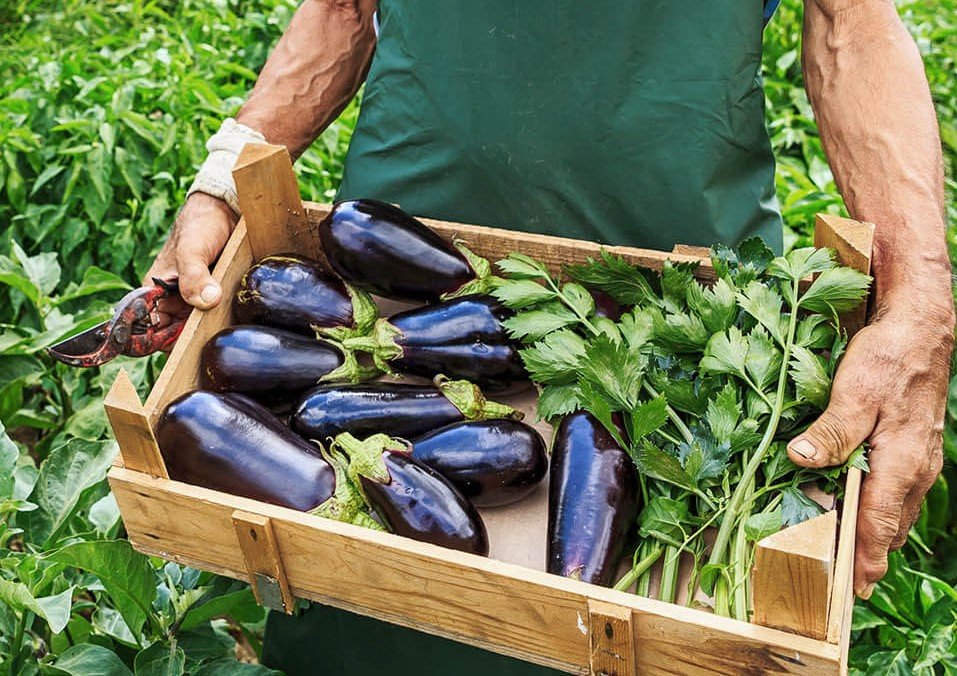How to Grow Eggplant/Brinjal from Seed to Harvest
In this article I have explained How to Grow Eggplant/Brinjal from Seed to Harvest, which helps every farmer and home gardener to gain the knowledge on
- Available verities of eggplant.
- Seed germination time.
- Suitable soil and weather conditions.
- Field preparation and planting distance.
- Fertilizer and Water Management.
- Required seed per acre and expected yield per acre.

Eggplant (Solanum melongena L.) is one of the most important vegetables cultivated in India since ancient times.
This crop is suitable for growing in all seasons. In mountainous regions, eggplant is suitable for summer cultivation only. The crop is also cultivated in France, Italy and the United States of America.
Problems in Eggplant Cultivation:
- Non-availability of high-yielding good varieties and hybrids to the farmers
- Pest-resistant and high-yielding varieties suitable for consumers’ tastes are not available in the respective regions at reasonable prices.
Despite these problems, farmers are more interested to grow eggplant because:
- Suitability for cultivation in all seasons.
- Intercropping and weed control is easy compared to other crops.
- There is an opportunity to leave the tree if there is no suitable price due to market price fluctuations.
- Suitable for long distance transportation.
OP (Non-Hybrid) Varieties:
10 Grams of seeds Contains approximately 3000 seeds
Eggplant Seed Germination time is 7 to 14 Days
1) Pusakranti , 2) Pusapurple cluster, 3) Shyamala, 4) Deshwali Pachavanga varieties
- Pusakranti: The pods are plump, medium in length and purple in color with an attractive green sheath containing few seeds. Yield: 10-11 tons/acre
- Pusapurple cluster: The pods are purple in color and ripen in bunches. The harvest period is 140-160 days. Yield: 12-16 tons/acre.
- Shyamala: The pods are round, small, dark purple in color and glossy. The harvesting period is 130-150 days Yield 6-6.5 tons per acre.
Hybrids Verities:
Purple Round Varieties: Arka navaneet, Pusa Hybrid-6, Mahiko-2, Mahiko-54, Utkarsha, NS-509
- Purple Long Varieties: Pusa Hybrid-5, Nisha, Pinki, Shilpa, Chaya
- Green Long Varieties: Mahiko Hybrid-9, Green long, Harita, Harshita
- Green Round Varieties: Mahiko Hybrid-56, Kirti, Harika
- Purple striped varieties: Kalpataru, Mahiko hybrid no. 11, 16, Apsara
Weather:
Eggplant is a tropical crop that can tolerate high temperatures and water stress for the most part. In hill areas and cold climates plant growth slows down. Can’t tolerate extreme cold and snow.
Soil:
All kinds of deep, fertile, well-drained soils are suitable for cultivation. Soils with a Soil PH levels 5.5–6.5 are suitable.
Seeds per Acre:
Seed rate: 260 grams per acre for OP varieties and 120 grams for hybrid varieties.
Harvest: 50 to 60 days after sowing the seeds
Yield: 4 to 14 tons per acre
Crop Season:

Eggplant can be cultivated throughout the year.
As a monsoon crop: June-July,
As a winter crop: October-November,
As a summer crop: February-March should be sown and planted.
Main field preparation:
The field should be plowed four to five times and leveled well. Rainy season crop should be planted in pits and canals, summer and winter crop should be planted in flat beds. Before planting the field should be well watered and 30-35 days old fiber should be planted on the beds.
After beds are prepared, 30-35 days seedlings should be planted on the beds keeping the distance of 50 to 75 cm between each plant.
Planting distance:
75 x 50 cm for bushy varieties and
50 x 50 cm for tall upright varieties.
Water management:
Watering should be done before planting or after planting. In frosty areas, frequent watering is necessary to survive the cold. Always ensure that the soil is moist during the flowering and fruit stages. Otherwise, there is a risk of the flower falling off.
Drainage facilities must be provided in heavy black soils. In summer it must be moistened one or two days before harvesting. Otherwise, the bitterness will increase in the fruit.
Fertilizer management:
8-10 tons per acre of cattle manure should be applied.
Harvesting and yield:

First harvest occurs 50 to 60 days after sowing the seeds. Young pods should be harvested every three days.
Yield: Rainy season 8 – 14 tons per acre
Summer Season 4-7 tons per acre
Follow WalPencil website to get to know cultivation tips for other vegetable crops like Tomato Cabbage Cauliflower Okra etc…..
